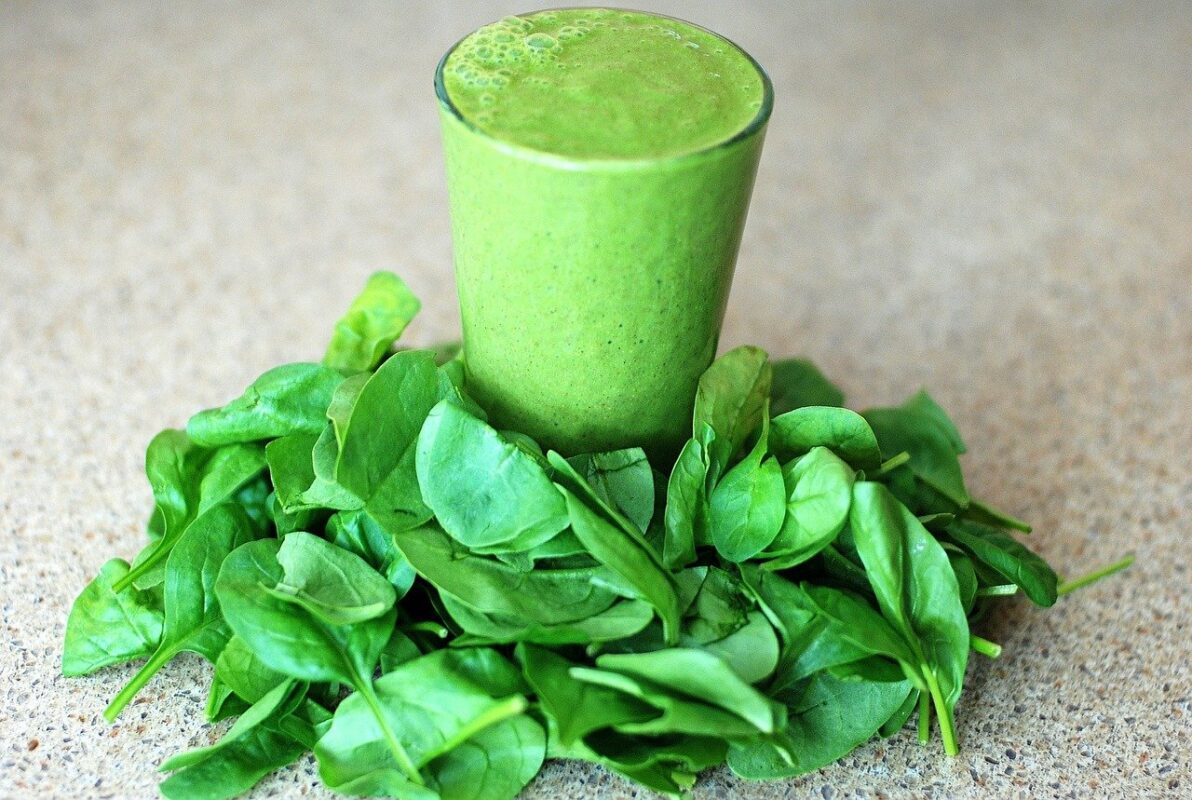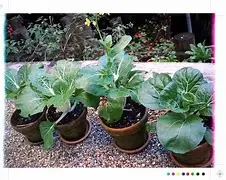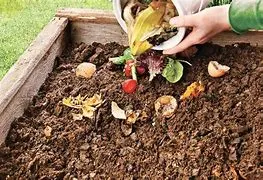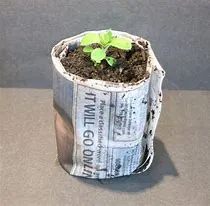How to Grow Spectacular Spinach

Table of contents
To grow spinach is very easy as long as you give it adequate moisture and it’s not too hot. We dig down for the best soil Ph, the best watering tips, fertilizer, and sun requirements for this super food and teach you how to grow spectacular spinach.
Did you know that spinach is a superfood? It’s true! Spinach is packed with nutrients, including iron, calcium, and vitamins A, C, and K. In fact, one cup of spinach provides more than half of the daily recommended intake of vitamin A. That’s why we also tell you how and when to harvest plus suggest a delicious recipe. But first, we must mix the right soil.
Pick the right soil to grow spinach
Begin by gathering seeds and gardening equipment for a trip to the garden.
- If you’re going to plant seeds, make sure the location has an even distribution of sun and shade. The soil should be well-drained and have a pH level between 6.5 and 7. The addition of organic matter such as compost or manure will enrich the soil further. Prepare the soil by adding seasoned manure to the area. (Go to my blog post How To Know Your Garden is Easting Well about soil PH.)
Use the right amount of water to grow spinach
Water is an essential element for plant growth. Without water, plants will not photosynthesize and produce the food they need to survive. In addition, water helps dissolve nutrients in the soil, which are then taken up by the plants’ roots. Grow great spinach by keeping the soil evenly damp and cool. It is best to water in the morning, but check the soil by sticking your finger into it. Soil that is damp but not soggy is best. When spinach gets too hot, it bolts, or flowers, so having adequate moisture and a layer of humus will help to keep temperatures down.
Direct seed or transplant
When growing spinach you can either direct seed or transplant. At a depth of half an inch, sow the seeds with a distance of 3-4 inches between them. This allows the mature plants to develop and enlarge their roots systems. Make sure the soil is wet throughout the germination phase to speed things along.
For transplanting, plant seeds indoors a month before the final frost. Seedlings like temperatures between 45 and 75 degrees. After any danger of frost, you can plant outdoors in a container or in the garden bed. Grow spinach with plenty of room between plants, about 18″, for ease of harvesting and to prevent the transfer of pests.
How to plant and grow spinach
When planting spinach, it is essential to consider the amount of space each plant will need. Spinach plants should be spaced about 12-18 inches apart. It is also essential to make sure the soil is wet before planting, as this will help keep young roots cool.
Once the plants have been planted, it is essential to water them regularly. A good rule of thumb is to water them in the morning to soak up as much water as possible for the day. You should also watch your plants to ensure any pests or diseases do not infect them.
Bolting is another common problem with spinach plants. This occurs when the plant begins to seed prematurely, and the stem becomes harsh and bitter. To prevent bolting, use humus to keep the soil cool. As summer progresses, you may not be able to prevent spinach from bolting. At this time, pull up the plants or allow them to flower and collect the seeds. Spinach plants bolt when they are about to set seed. During the latter phases of growth this might be caused by a lack of water and an abundance of hot sunlight.
Lastly, pick spinach leaves as soon as they become large enough to use or about a finger in length. If allowed to grow too big, they will taste bitter.
The best fertilizer to grow spinach
Fertilize young established spinach in a circle around the stem throughout its growing stage. The best fertilizer for growing spinach is a mix of 15-10-10 organic fertilizer in granular form until the plant matures then switch to a liquid balanced fertilizer of 10-10-10.
Diseases and pests of spinach
Grow spinach without disease
One of the main problems gardeners face when growing spinach is dealing with diseases and pests. Some of the most common diseases include downy mildew, bacterial leaf spot, and Fusarium wilt. These diseases can cause the leaves to become wilted, discolored, and distorted. Even though growing spinach likes to stay cool, the excessive moisture of over watering can cause mildew or bacteria to grow prevalent. Use a drip irrigation system to keep the leaves dry.
Grow spinach without pests
In addition to diseases, gardeners also need to look for pests such as aphids, spider mites, and flea beetles. These pests can cause the leaves to become distorted or skeletonized. They can also reduce the overall yield of the crop. The best deterrent for pests is to encourage beneficial bugs like praying mantis into your your garden. Also, grow spinach near companion plants that get rid of or coax-away these pests.
Companion plants of growing spinach
Some plants make good companions for spinach, while others do not. Plants that make good companions include basil, chives, and garlic. They help to repel pests and diseases and improve the growth and flavor of spinach plants.
On the other hand, plants that should not be planted near spinach include strawberries and pole beans. Strawberries can attract aphids, which can then infest spinach plants. Pole beans can also stunt the growth of spinach plants.
Harvesting
Your spinach is ready for harvest in approximately 60 days, 45-50 days if well cared for. When harvesting spinach, it is essential not to damage the plants. One way to do this is to cut the leaves off the stem with a sharp knife or scissors. Be sure to leave at least two leaves on each stem so the plant can continue to grow.
If you plant successive weeks of seedlings, you will have a continual abundant harvest. The most important part of growing spinach is inspecting the leaves while you harvest to ensure there are not pests.
A great recipe for spinach
One of the best ways to enjoy spinach is cooking it in a delicious recipe. Here is one of my favorites:
Spinach and Feta Quiche
Ingredients:
- 1 unbaked 9-inch pie crust
- 1 cup milk
- 1/2 cup heavy cream
- 3 large eggs
- 1/2 teaspoon salt
- 1/4 teaspoon black pepper
- 1/2 cup all-purpose flour
- 2 tablespoons butter, melted
- 1 cup crumbled feta cheese
- 1/2 cup grated Parmesan cheese
- 2 cups chopped fresh spinach leaves
Directions:
Preheat oven to 425 degrees F (220 degrees C).
Whisk together milk, heavy cream, eggs, salt, pepper, and flour until smooth in a medium bowl. Stir in melted butter.
Spread spinach evenly over the bottom of the pie crust. Top with feta cheese and Parmesan cheese, then pour egg mixture into the crust.
Bake in preheated oven for about 30 minutes, or until a knife inserted into the center comes out clean.
Conclusion
To grow spinach in containers is easy since they can be moved around to cooler areas of the yard. The biggest problem when growing spinach is heat. Once they get hot, they tend to bolt. Bolting causes the plant to become bitter. If you follow our suggestions, you should have a long salad season. Have you tried to grow spinach? Leave a comment below.


